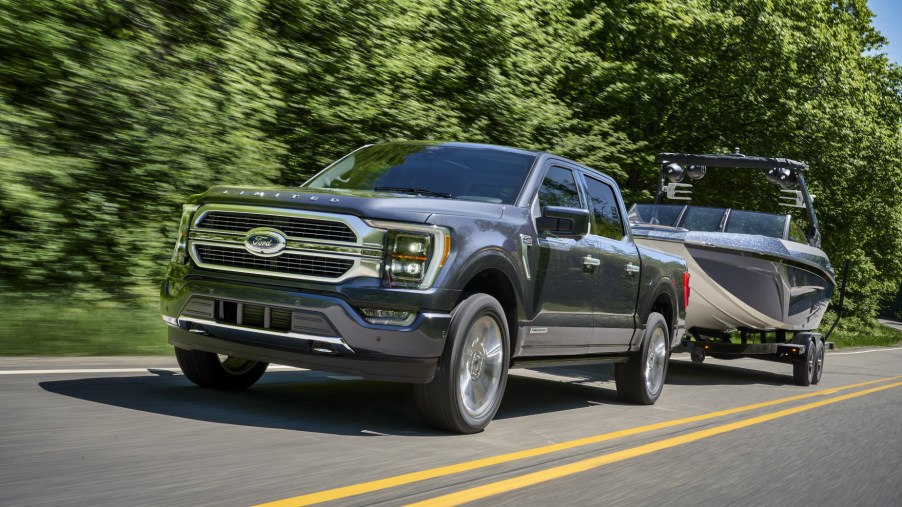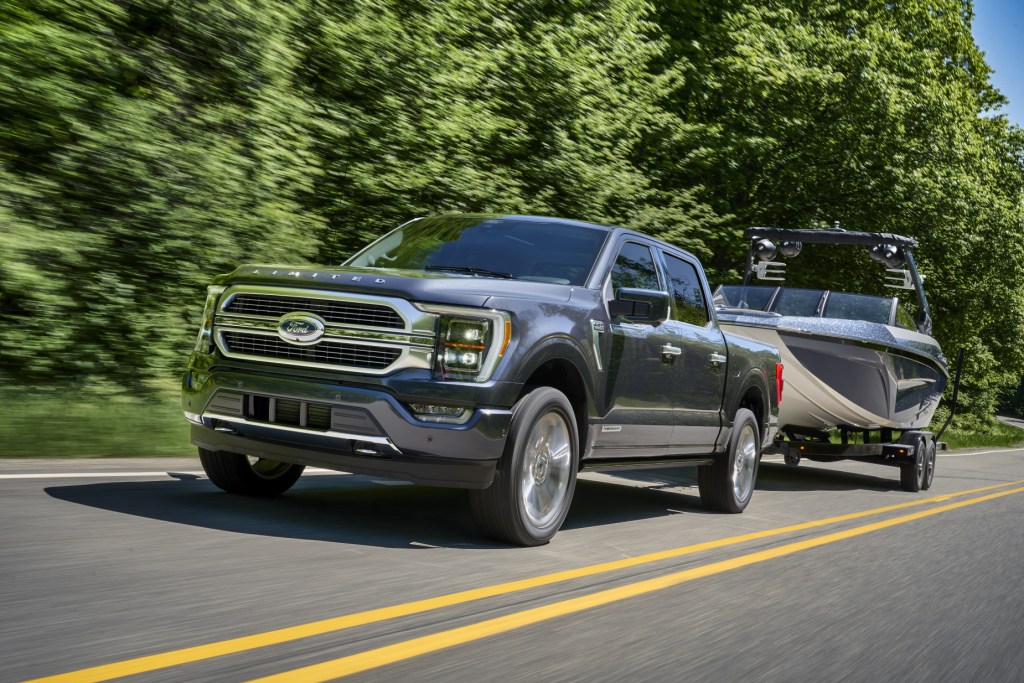
Over the Air Updates: What They Are, How They Work, and Why You Keep Hearing About Them
Have you heard about over the air updates? In today’s tech-saturated environment, most people have. And if you haven’t heard about over the air updates and how they work? You’re probably using them already, and just don’t know yet. But what do over the air updates mean for the auto industry? Let’s find out.

What are over the air updates?
According to DigiCert, over the air updates, or OTAs, are used by manufacturers to deliver important updates to devices. Rather than asking you to visit a dealership’s service center, over the air updates are sent via a wireless connection. Essentially, these types of updates ensure that the device, or car, is up to date and in proper working order. For automakers specifically, OTA updates are a much more convenient way to keep your vehicle up to date.
DigiCert reports that most people are familiar with these kinds of updates, though they may just be unfamiliar with the actual term. A common example of an over the air update would include downloading the latest iOS on an iPad or iPhone. In such a scenario, Apple pushes updates out to consumer devices, effectively notifying device owners that a new version of the software is available. Device owners can then choose to download the update when it’s most convenient for them.
How do over the air updates work in cars?
OTA updates serve as a pretty nifty trick for automakers. When General Motors first introduced over the air updates to its lineup last year, it told TechCrunch that utilizing them would allow it to “fix engine malfunctions, improve fuel economy, adjust steering quality, and alter almost every feature on a vehicle, possibly even including updates for safety standards that go into effect years after the vehicle was built.”
Automakers that are using them
General Motors wasn’t the first, and certainly isn’t the only automaker to be utilizing over the air updates. In fact, Tesla was the first automaker to begin using them and, ever since, other automakers have been in a race to catch up.
Ford announced late last year that it would begin equipping most of its vehicles in the U.S. with advanced over the air update capabilities. At the time of the announcement, Ford said the updates would be “bumper to bumper,” and would work with “nearly all” vehicle computer modules, including gasoline-powered, hybrid, and electric models.
Jaguar Land Rover also announced in late 2019 that it would begin equipping all of its vehicles with OTA update capabilities. BMW’s lineup offers full OTA update capabilities too. In fact, the automaker launched its first OTA update not too long ago.
There are some downsides to over the air updates
There are both upsides and downsides to OTA updates. While they may be significantly more convenient for car owners, over the air updates can create an issue for service centers. Wards Auto reports that as over the air updates become more popular, “service departments will have fewer opportunities to inspect vehicles and recommend oil changes, tire rotations and other routine maintenance.”
DigiCert reports that there are some security concerns surrounding OTA too. According to DigiCert, any time that a device is connected to the internet, it’s ripe for exploitation. Because over the air updates are sent using a wireless connection, DigiCert reports they can introduce risks like malware, downtime, and expose personal information. Fortunately, according to DigiCert, using a secured wireless connection can prevent such risks from happening.
The auto industry is no stranger to tech-savvy innovations
While only a handful of automakers are currently utilizing over the air updates, that’s likely to change in the near future. Which, according to Wards Auto, will be a win for automakers. And why wouldn’t be? If you want your vehicle to always be up to date, without you having to swing by the dealership, it’s hard to argue against the benefits of OTA updates.



